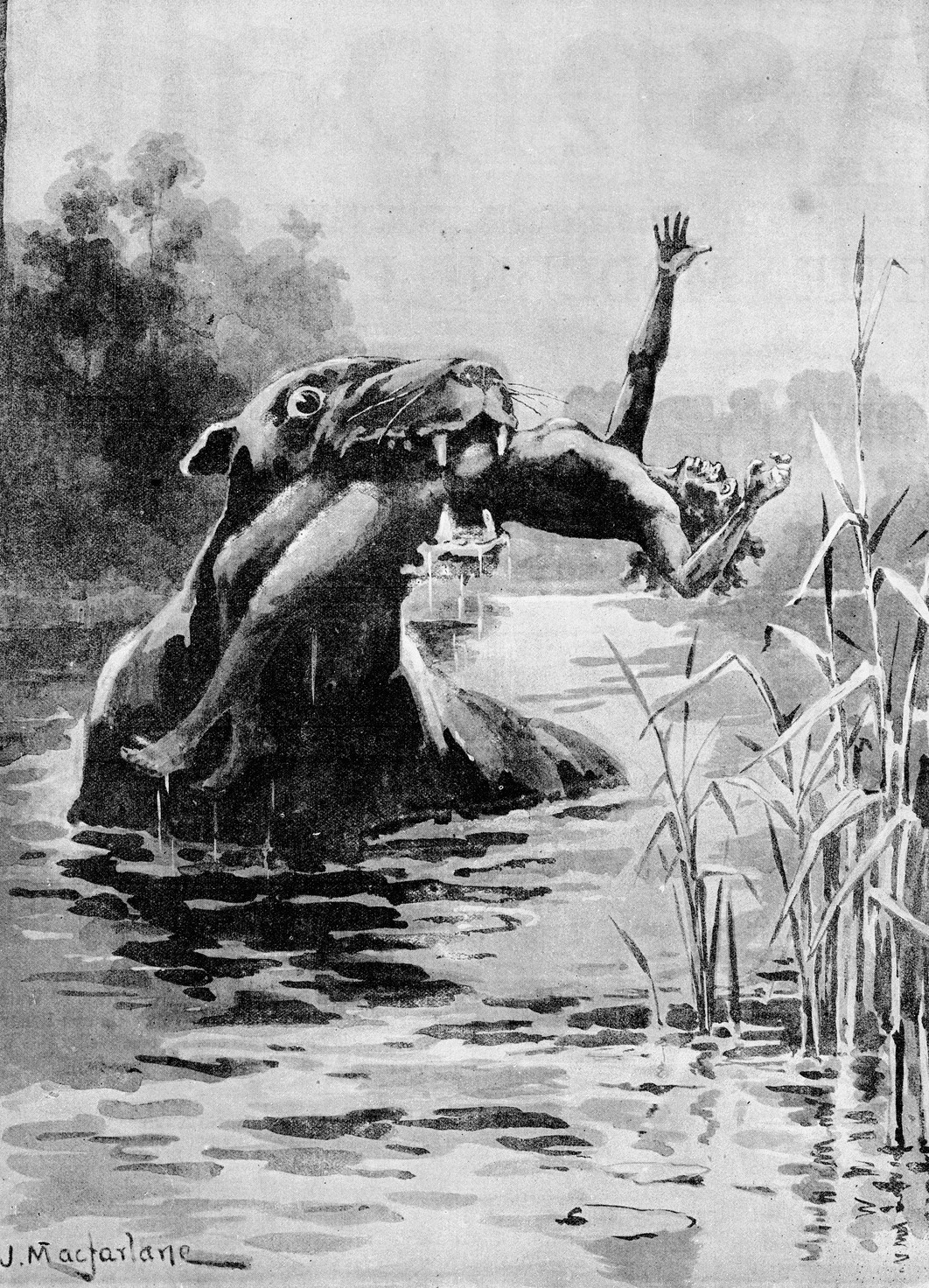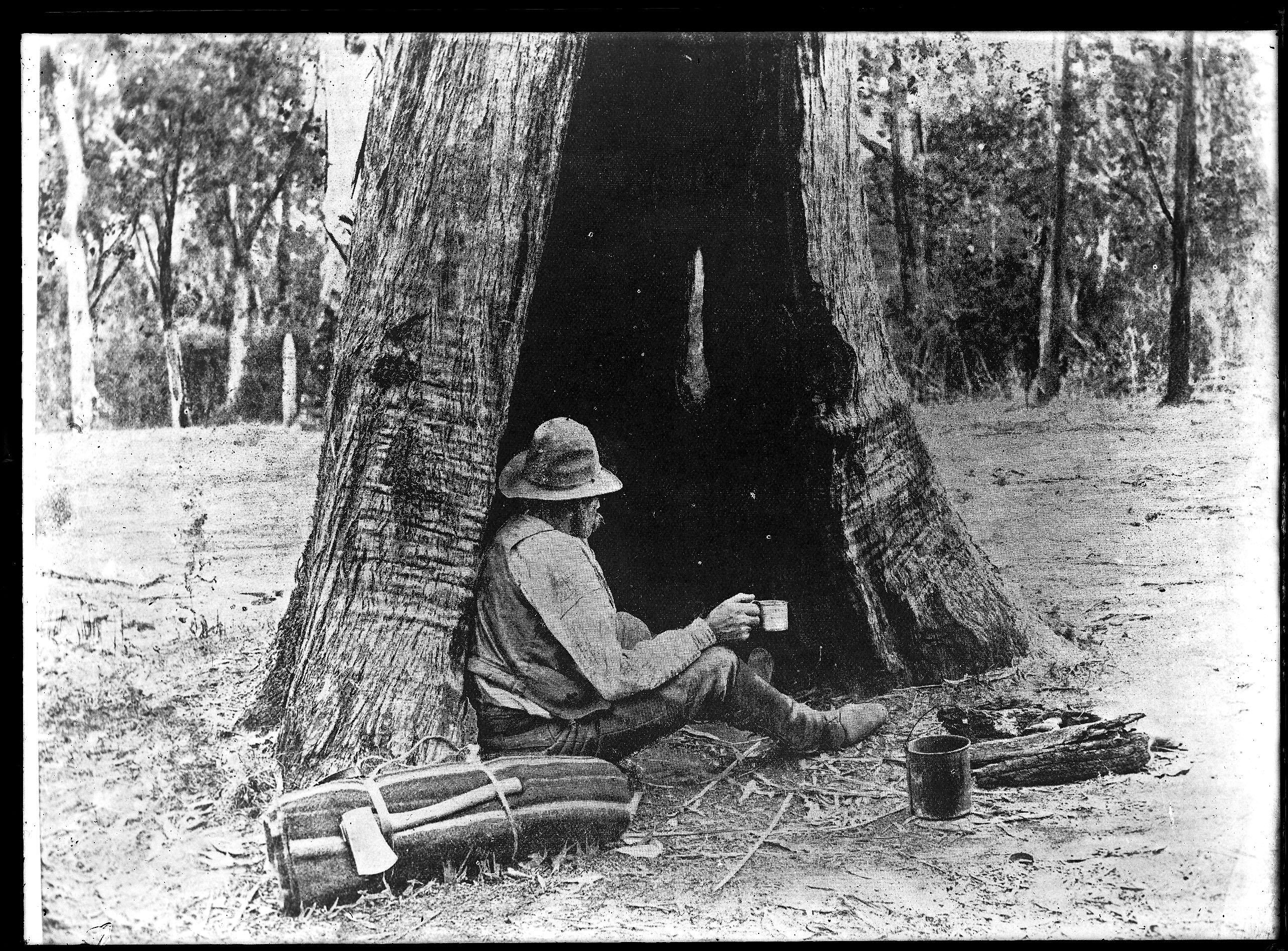|
Bunyip (musical)
''The Bunyip'', also known by the longer title ''The Enchantment of Fairy Princess Wattle Blossom'', was written by Ella Palzier Campbell (aka Ella Airlie). The pantomime was a highly successful musical comedy that toured Australia for a decade within Fuller Brothers theatre circuit. The show was produced by Sydney entrepreneur Nat Philips. The premiere of the show ran for at least 97 performances and was revived several times over the following decade. Production history Music was supplied by a number of Australian stage personalities including Vince Courtney, Herbert De Pinna and James Kendis. A Melbourne National Gallery student P. Cohen was enlisted to paint the sets with Australian flowers, namely wattle and waratah, on costumes also. Venues * 1916 Grand Opera House, Sydney * 1917 Princess Theatre, Melbourne * 1917 Majestic Theatre, Adelaide * 1918 Brisbane Empire * 1918 Victoria Theatre, Newcastle * 1924 Sydney Hippodrome Synopsis The story opens with a bushfire i ... [...More Info...] [...Related Items...] OR: [Wikipedia] [Google] [Baidu] |
Queenie Paul
Eveline Pauline "Queenie" Paul (30 December 1893 – 31 July 1982) was an Australian performer in vaudeville shows (singer and dancer) and a theatre producer, active from the 1910s until the early 1980s. She was particularly known for her associations with the companies of J.C. Williamson and Sir Benjamin Fuller. Early life Eveline Pauline Paul was born in Sydney, the daughter of Frederick William Paul and Antoinette Schuller Paul. Her father was born in Germany; her mother was French.Jennie Lees"Eveline Pauline (Queenie) Paul"in ''Australian Dictionary of Biography, Volume 18'' (MUP 2012). Her nickname came from being the first girl in the family after four sons; she was "the little queen" from a young age.Frank Van StratenLive Performance Australia Hall of Fame (2007). Career Queenie Paul was on stage with J.C. Williamson as a chorus girl by age 15. In her early 20s she was the principal boy in a production of a pantomime, ''The Bunyip''. In 1917 she co-starred with an Am ... [...More Info...] [...Related Items...] OR: [Wikipedia] [Google] [Baidu] |
Bunyip
The bunyip is a creature from the aboriginal mythology of southeastern Australia, said to lurk in swamps, billabongs, creeks, riverbeds, and waterholes. Name The origin of the word ''bunyip'' has been traced to the Wemba-Wemba or Wergaia language of the Aboriginal people of Victoria, in South-Eastern Australia. The word ''bunyip'' is usually translated by Aboriginal Australians today as "devil" or "evil spirit". This contemporary translation may not accurately represent the role of the bunyip in pre-contact Aboriginal mythology or its possible origins before written accounts were made. Some modern sources allude to a linguistic connection between the bunyip and Bunjil, "a mythic 'Great Man' who made the mountains, rivers, man, and all the animals". The word ''bahnyip'' first appeared in the ''Sydney Gazette'' in 1812. It was used by James Ives to describe "a large black animal like a seal, with a terrible voice which creates terror among the blacks". Distribution The ... [...More Info...] [...Related Items...] OR: [Wikipedia] [Google] [Baidu] |
The Sunday Times (Sydney)
''The Sunday Times'' was a newspaper published in Sydney, New South Wales, Australia from 1885 to 1930. History ''The Sunday Times'' was founded by W. H. Leighton Bailey. It was first published on 15 November 1885 by Charles Mark Curtiss, and ceased with no. 2389 on 1 June 1930. ''The Sunday Times'' was controlled by the Evans family for more than 30 years, until 1916, when the Sunday Times Newspaper Company, as well as the company's premises, were sold to Hugh D. McIntosh. In 1927, McIntosh sold his holdings in the Sunday Times Newspaper Company to Beckett's Newspapers, with J. H. C. Sleeman as Managing Director. ''The Sunday Times'' ceased publication in 1930, with staff informed on 8 June. The Sunday Times Newspaper Company also published '' The Referee'' from 1887, and later the ''Arrow''. Digitisation This paper has been digitised as part of the Australian Newspapers Digitisation Program project of the National Library of Australia. See also * List of newspapers in Au ... [...More Info...] [...Related Items...] OR: [Wikipedia] [Google] [Baidu] |
Swagman
A swagman (also called a swaggie, sundowner or tussocker) was a transient labourer who traveled by foot from farm to farm carrying his belongings in a swag. The term originated in Australia in the 19th century and was later used in New Zealand. Swagmen were particularly common in Australia during times of economic uncertainty, such as the 1890s and the Great Depression of the 1930s. Many unemployed men travelled the rural areas of Australia on foot, their few meagre possessions rolled up and carried in their swag. Their swag was frequently referred to as "Matilda", hence Waltzing Matilda refers to walking with their swag. Typically, they would seek work in farms and towns they travelled through, and in many cases the farmers, if no permanent work was available, would provide food and shelter in return for some menial task. The figure of the "jolly swagman", represented most famously in Banjo Paterson's bush poem "Waltzing Matilda", became a folk hero in 19th-century Austra ... [...More Info...] [...Related Items...] OR: [Wikipedia] [Google] [Baidu] |
Country Life Stock And Station Journal
''The Sydney Stock and Station Journal'' was a newspaper published in Sydney, New South Wales, Australia from 1888 to 1924. It was then published as ''Country Life and Stock and Station Journal'' from 1924 to 1978. History ''The Sydney Stock and Station Journal'' was first published in 1888 by Robert MacMillan and the Stock Journal Newspaper Company Ltd. The paper was also the journal of the Fat Stock Salesman's Association of New South Wales. McMillan wrote under the name 'Gossip' and died in February 1929, aged 81. In 1924 it was renamed as ''Country Life and Stock and Station Journal'' and was published under this title until 1978. The paper was split into two editions ''National Country Life'' and ''National Country Life: Livestock Farming Edition'' until the publication ceased in May 1982. The newspaper served the rural areas of New South Wales, and promoted the arts including the works of Scottish-Australian poet and bush balladeer Will H. Ogilvie (1869–1963) and Adam ... [...More Info...] [...Related Items...] OR: [Wikipedia] [Google] [Baidu] |


